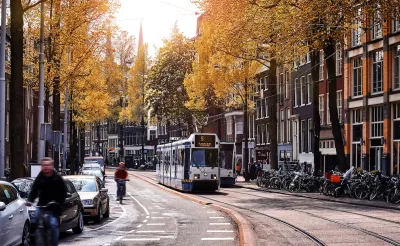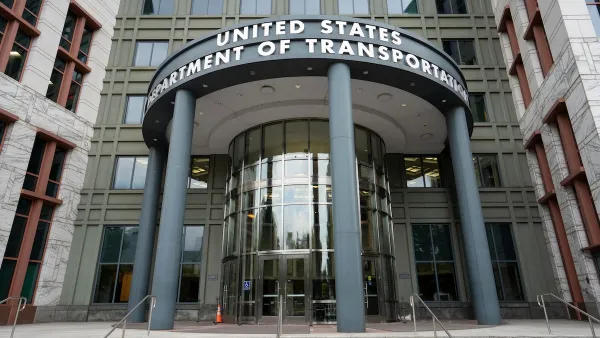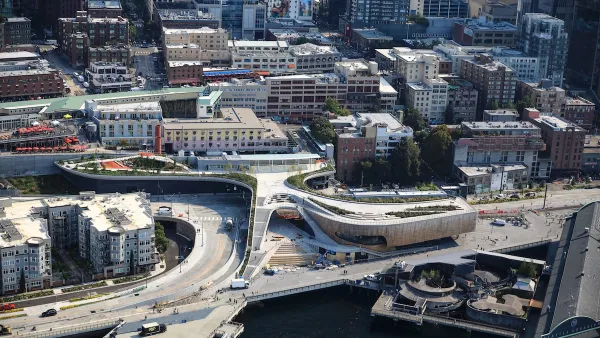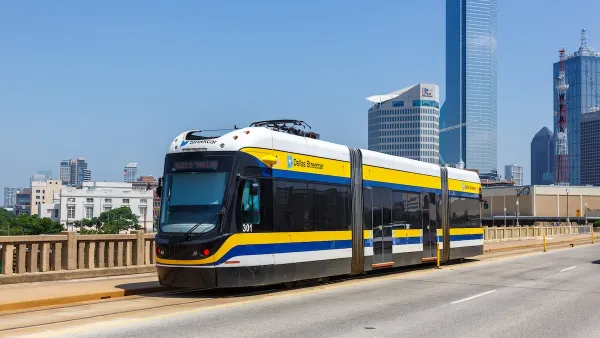Professor Glenn Lyons offers insights about the challenges facing planners in times of rapid technological, cultural, and social change, in Local Transport Today's first ‘Deep Thinking Initiative’ article.

In Looking for the Light in a Dark Age, Professor Glenn Lyons, President of the Chartered Institution of Highways & Transportation, shares his concerns and suggestions for planning in a world overwhelmed by rapid technological, cultural and social change. This is the first article in Local Transport Today's ‘Deep Thinking Initiative’ series.
Lyons describes the challenges and frustrations many planners feel:
“If I was sat 30 years ago at the start of my transport planning career and someone had described the reality of 2025 to me, it would have seemed preposterous. It would have sounded like a future in which humanity was entering another dark age - characterised by a world stumbling into an unknown and unfathomable future, governed by forces outside anyone’s real control.”
“[P]ursuing the realisation of our transport planning goals is like a Sisyphean task — we push our hopes and ambitions up the long hard slope (sometimes nearly reaching the top) only for them to roll right back down before we start all over again (albeit that perhaps, just perhaps, we’ve chipped away a little at the scale of the task).”
“I certainly wouldn’t pin my hopes on technology saving us. As other scholars have noted in the past, technology has a way of ironically being a cause of our problems that then more technology is brought in to try and solve. As Sir Colin Buchanan aptly put it in the 1960s, the motor car is a prime example of a mixed blessing. Why we might now think selfdriving cars are the wonderful gift we’ve all been waiting for, is frankly beyond me.”
But he doesn't give up. “So let us push the boulder again up the slope as transport planners, perhaps this time doubling down on how we take communities and politicians with us into the future with visions and realistically achievable actions. But can we do that? After all, the boulder is decidedly heavy. Can we afford not to?”
FULL STORY: Looking for the Light in a Dark Age

National Parks Layoffs Will Cause Communities to Lose Billions
Thousands of essential park workers were laid off this week, just before the busy spring break season.

Retro-silient?: America’s First “Eco-burb,” The Woodlands Turns 50
A master-planned community north of Houston offers lessons on green infrastructure and resilient design, but falls short of its founder’s lofty affordability and walkability goals.

Delivering for America Plan Will Downgrade Mail Service in at Least 49.5 Percent of Zip Codes
Republican and Democrat lawmakers criticize the plan for its disproportionate negative impact on rural communities.

Test News Post 1
This is a summary

Test News Headline 46
Test for the image on the front page.

Balancing Bombs and Butterflies: How the National Guard Protects a Rare Species
The National Guard at Fort Indiantown Gap uses GIS technology and land management strategies to balance military training with conservation efforts, ensuring the survival of the rare eastern regal fritillary butterfly.
Urban Design for Planners 1: Software Tools
This six-course series explores essential urban design concepts using open source software and equips planners with the tools they need to participate fully in the urban design process.
Planning for Universal Design
Learn the tools for implementing Universal Design in planning regulations.
EMC Planning Group, Inc.
Planetizen
Planetizen
Mpact (formerly Rail~Volution)
Great Falls Development Authority, Inc.
HUDs Office of Policy Development and Research
NYU Wagner Graduate School of Public Service





























